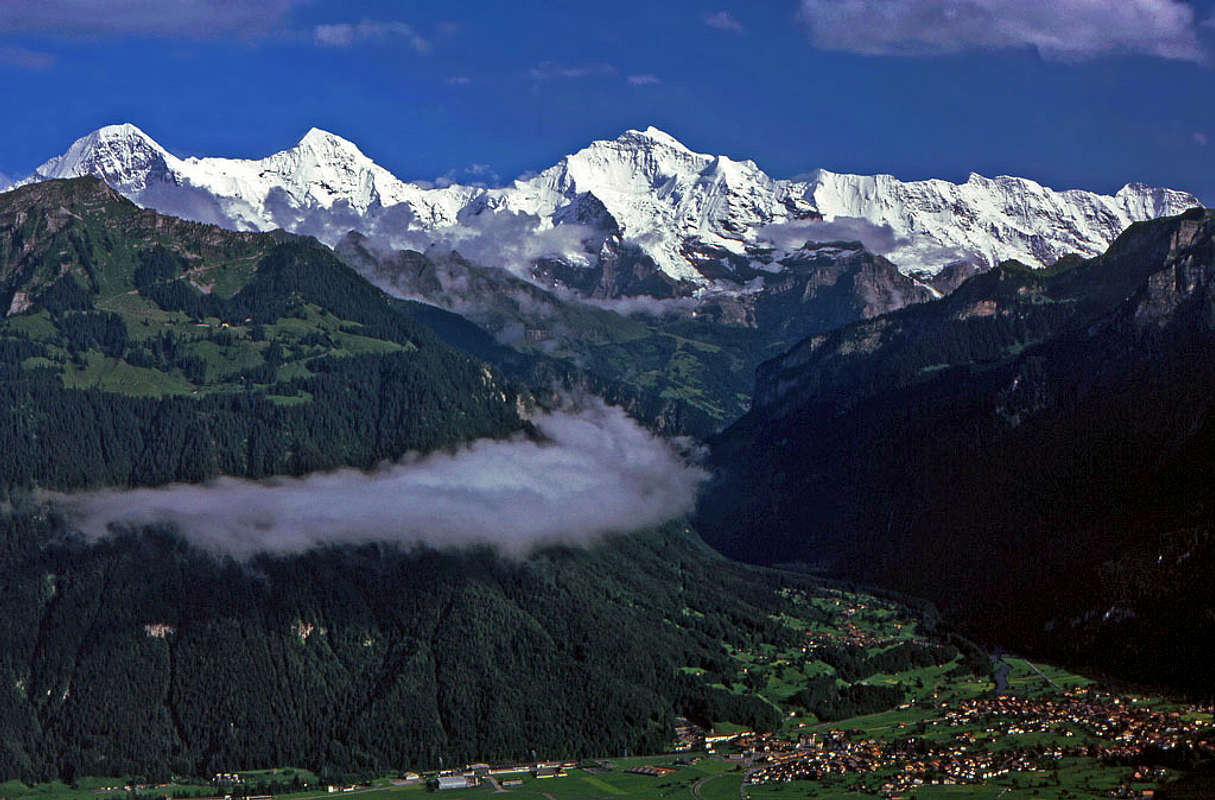Sebastian Hamm wrote:also very idyllic but not as remoted as Hardangerviddaour famous Lüneburger Heide
http://de.wikipedia.org/wiki/L%C3%BCneburger_Heide
But the Heide is full of roads; the Wikipedia article lists three Autobahnen.
Hardangervidda is ~6500 km² but note that Yellowstone is 8987 km² ; Wood Buffalo NP in Canada is the world's 2nd largest, at 44,807 km², and Northeast Greenland National Park is #1 at 972000 km².
Anyway, how far are our Norwegians from a road? There are small roads around most of the Hardangervidda, and a few roads that enter it a little ways (in the NW and NE). It looks to me as if the narrow "waist" across Hardangervidda is roadless and about 30 km long. That means that the most remote point is 15 km from a road or a bit more - - you have successfully met my challenge!
For those of you keeping score at home, Thorofare (in Yellowstone) is 40 km from a road, and Siskwit Point (Isle Royale) is a little bit more if islands can play this game.
Speaking of "islands," what's the most remote place in Australia?










